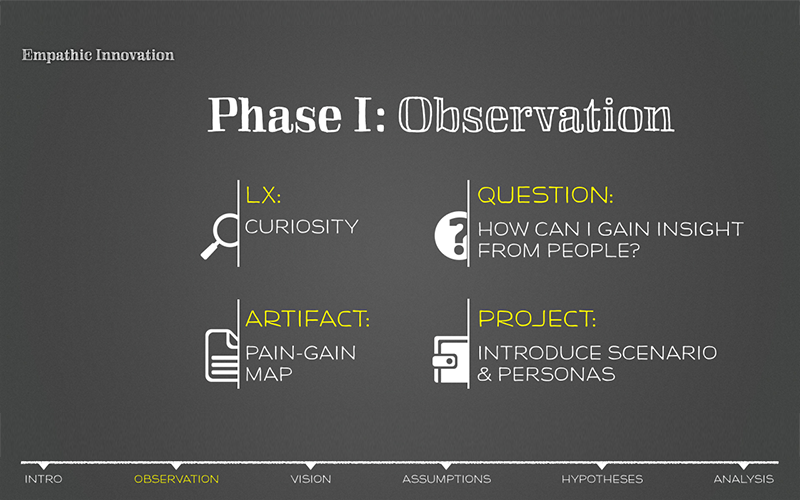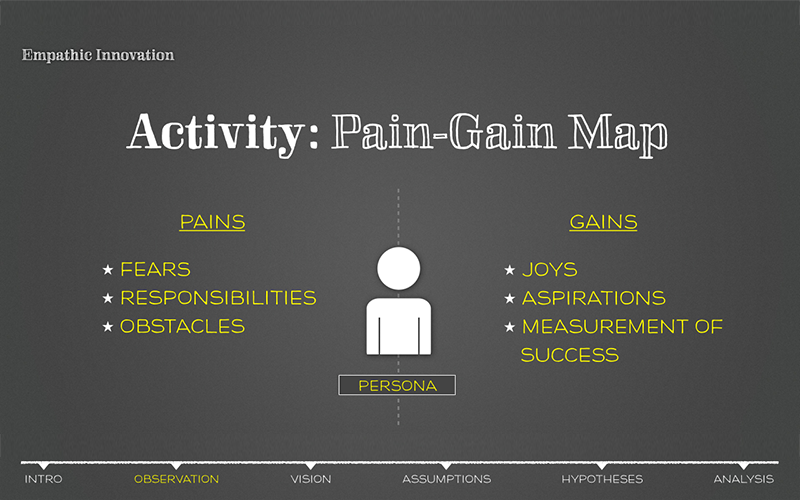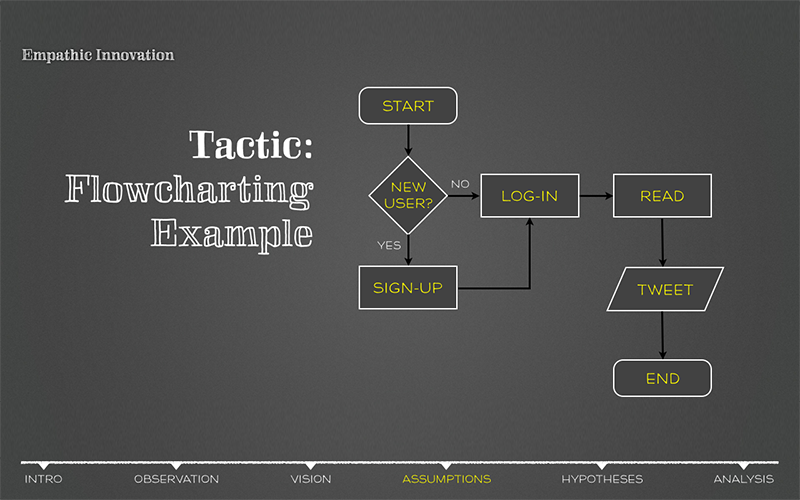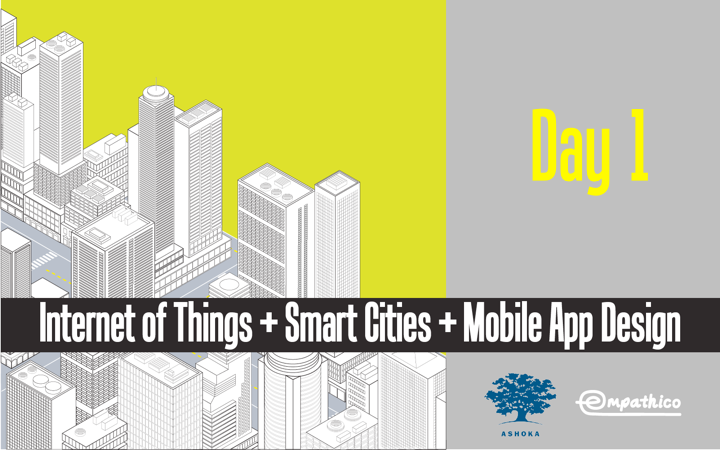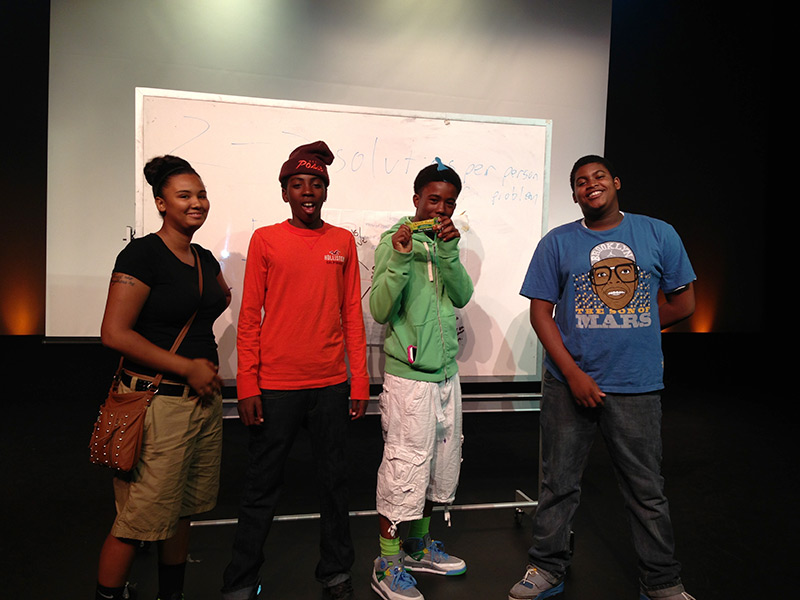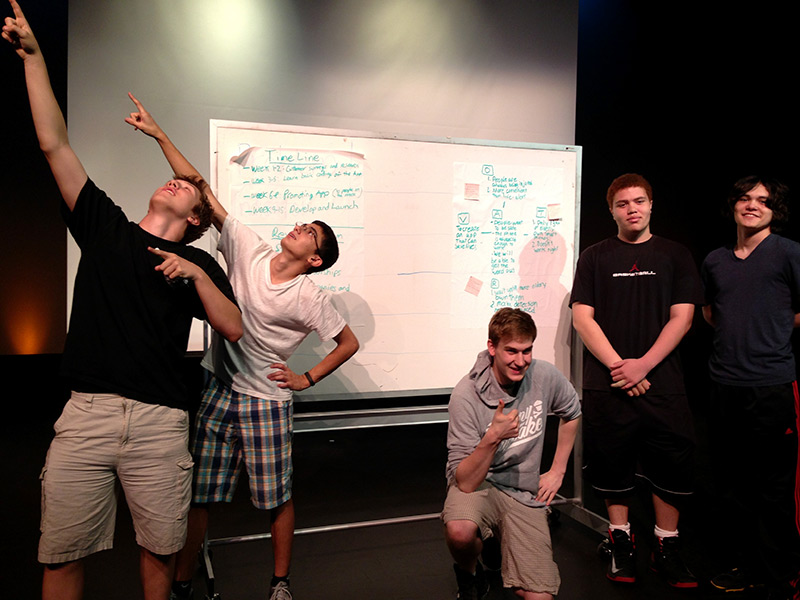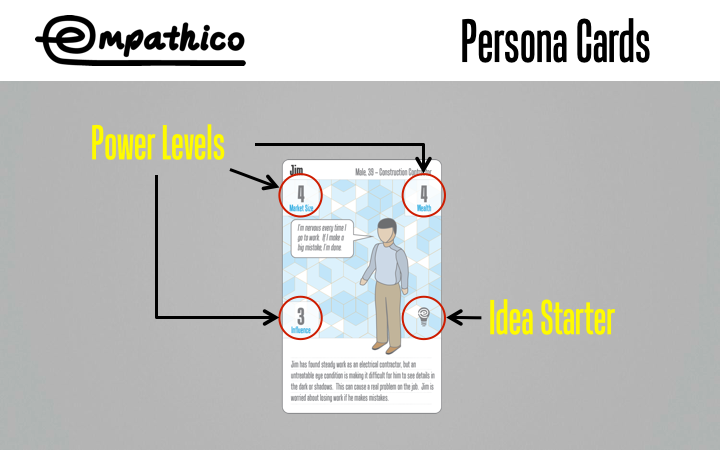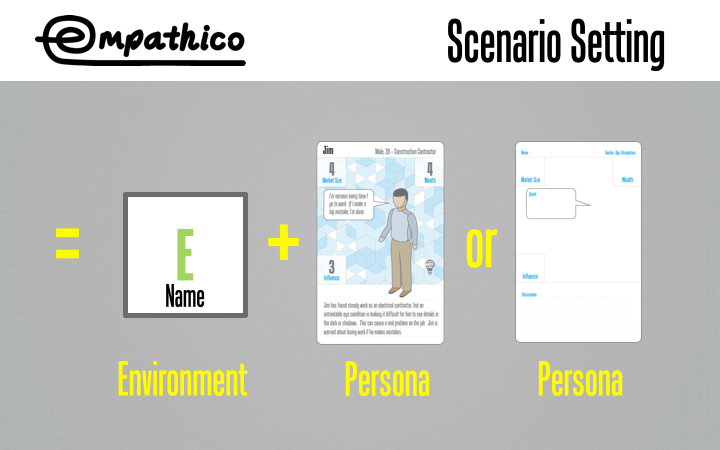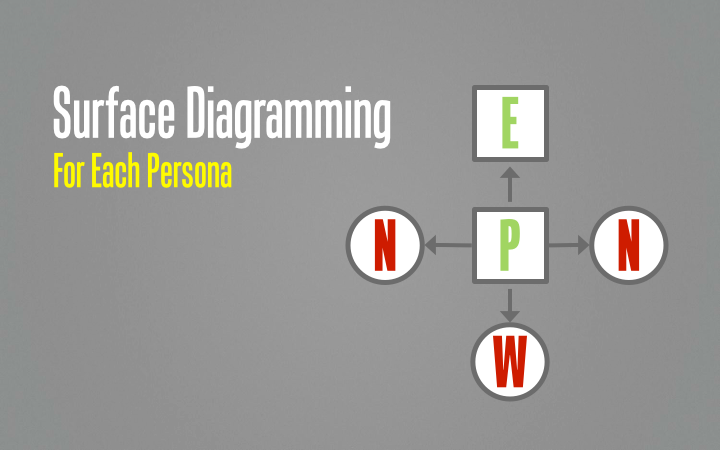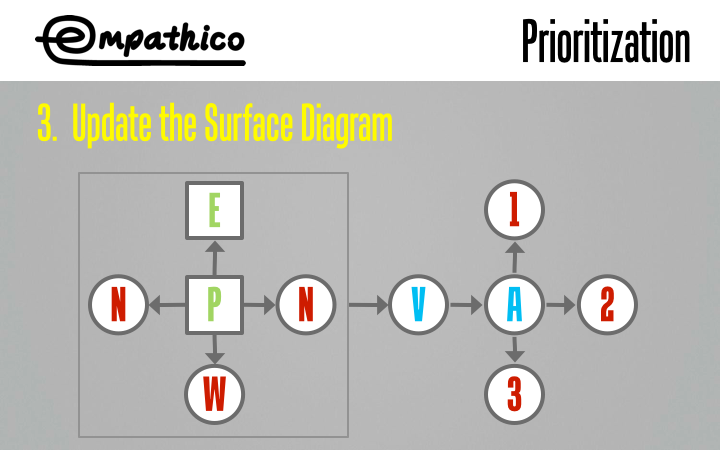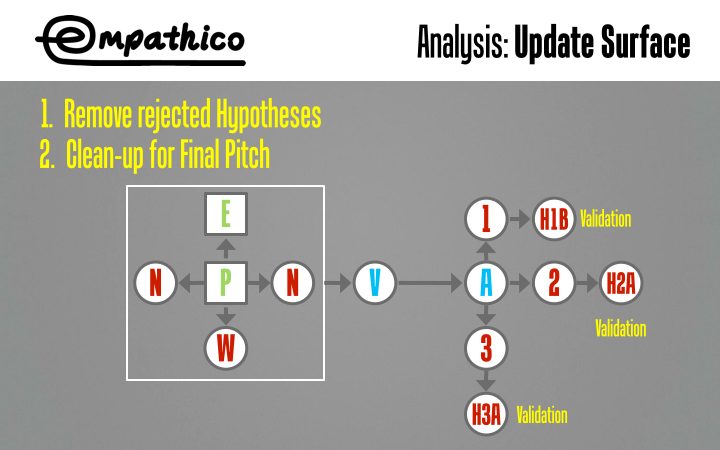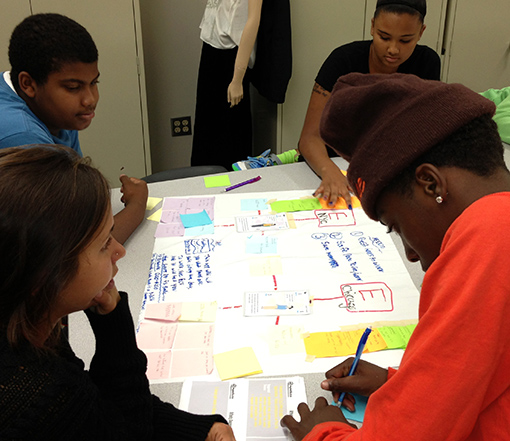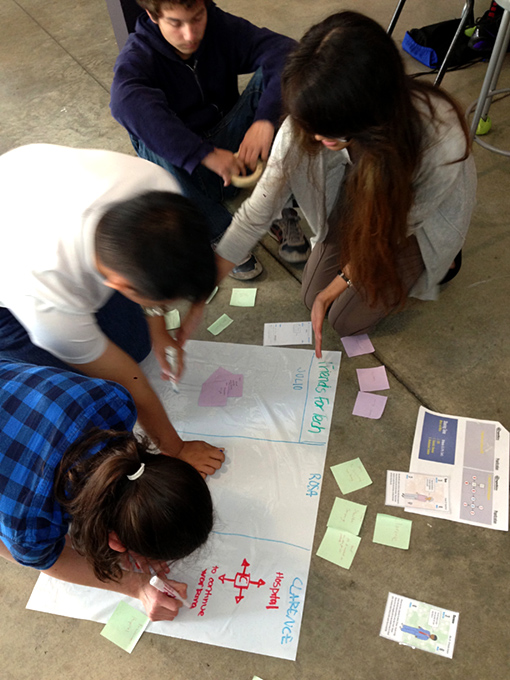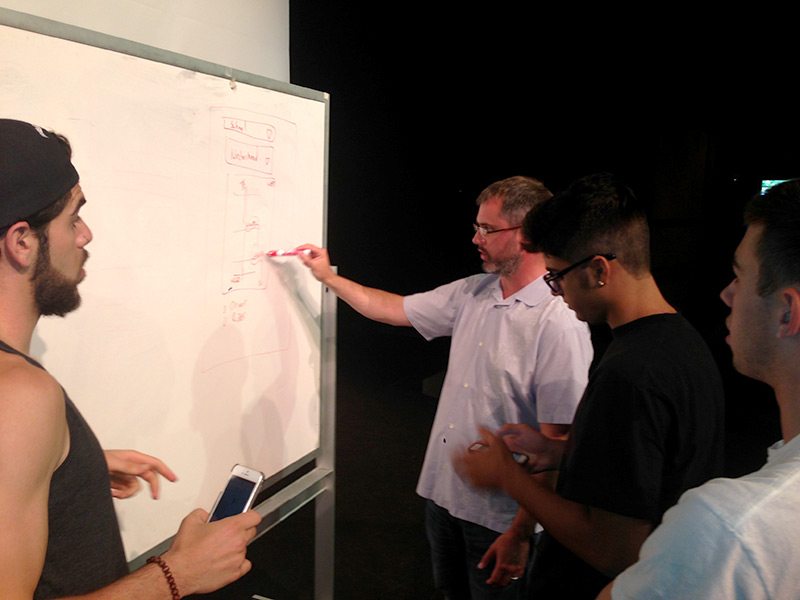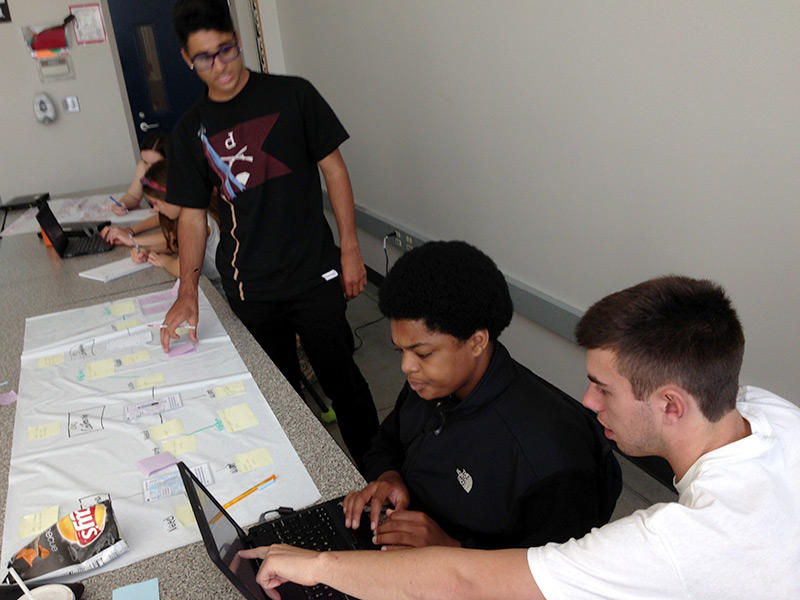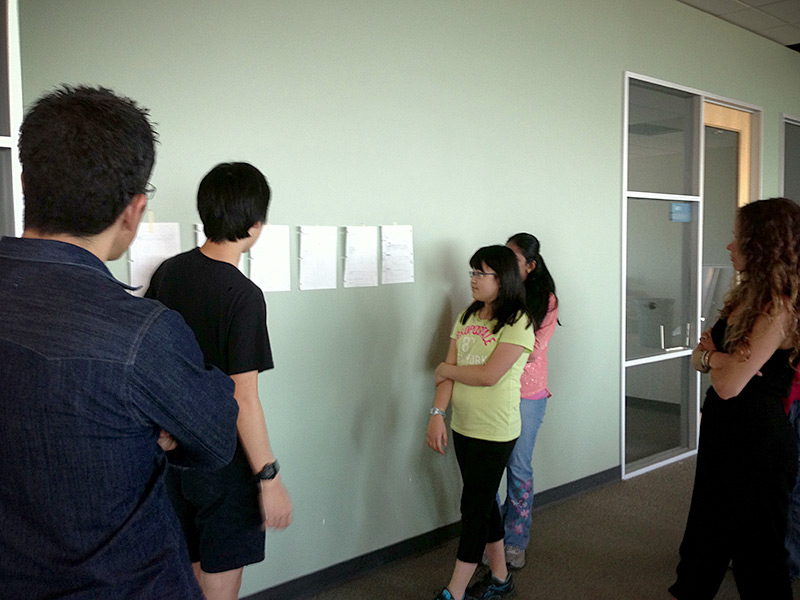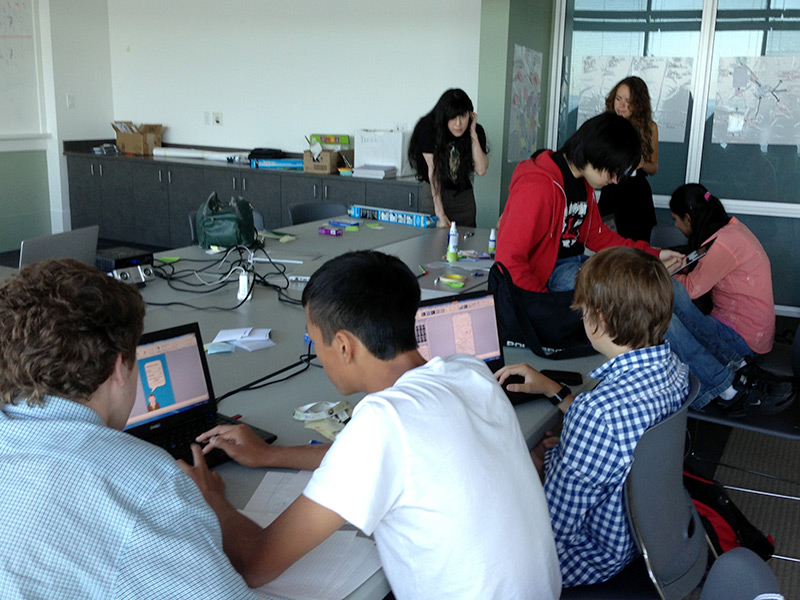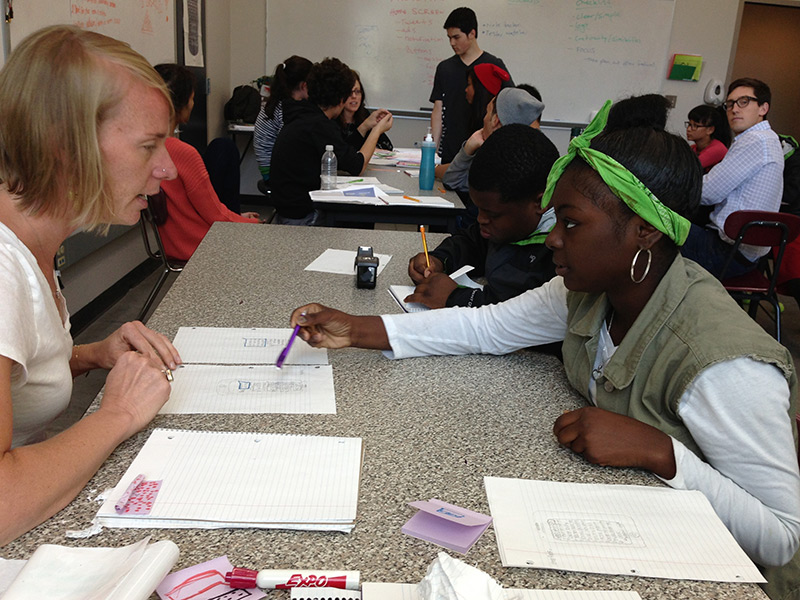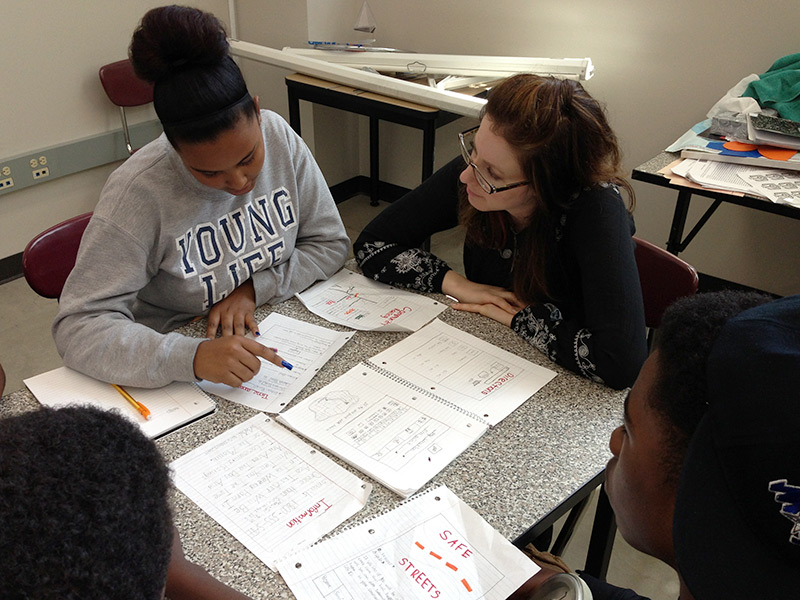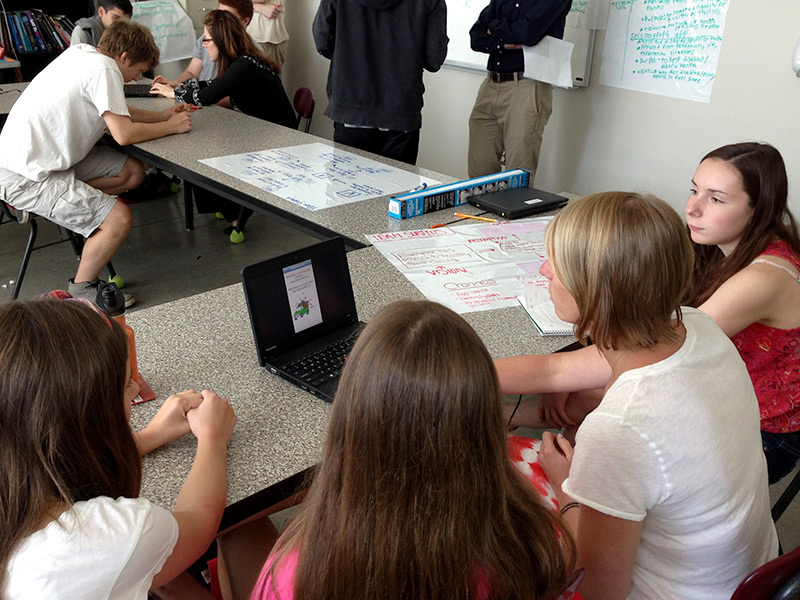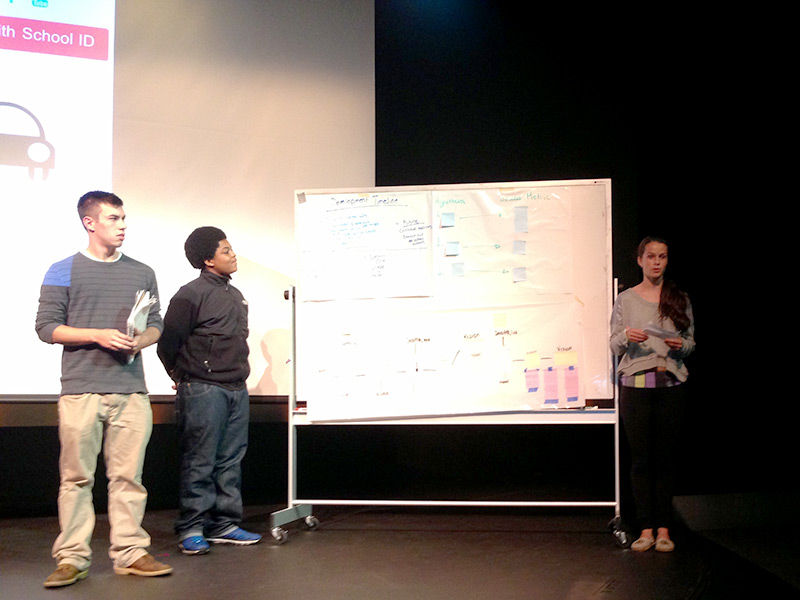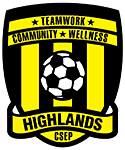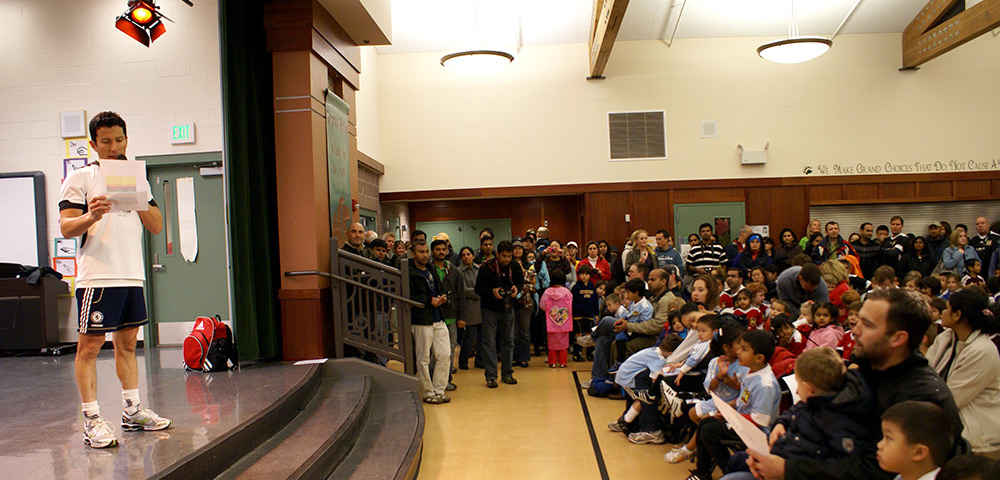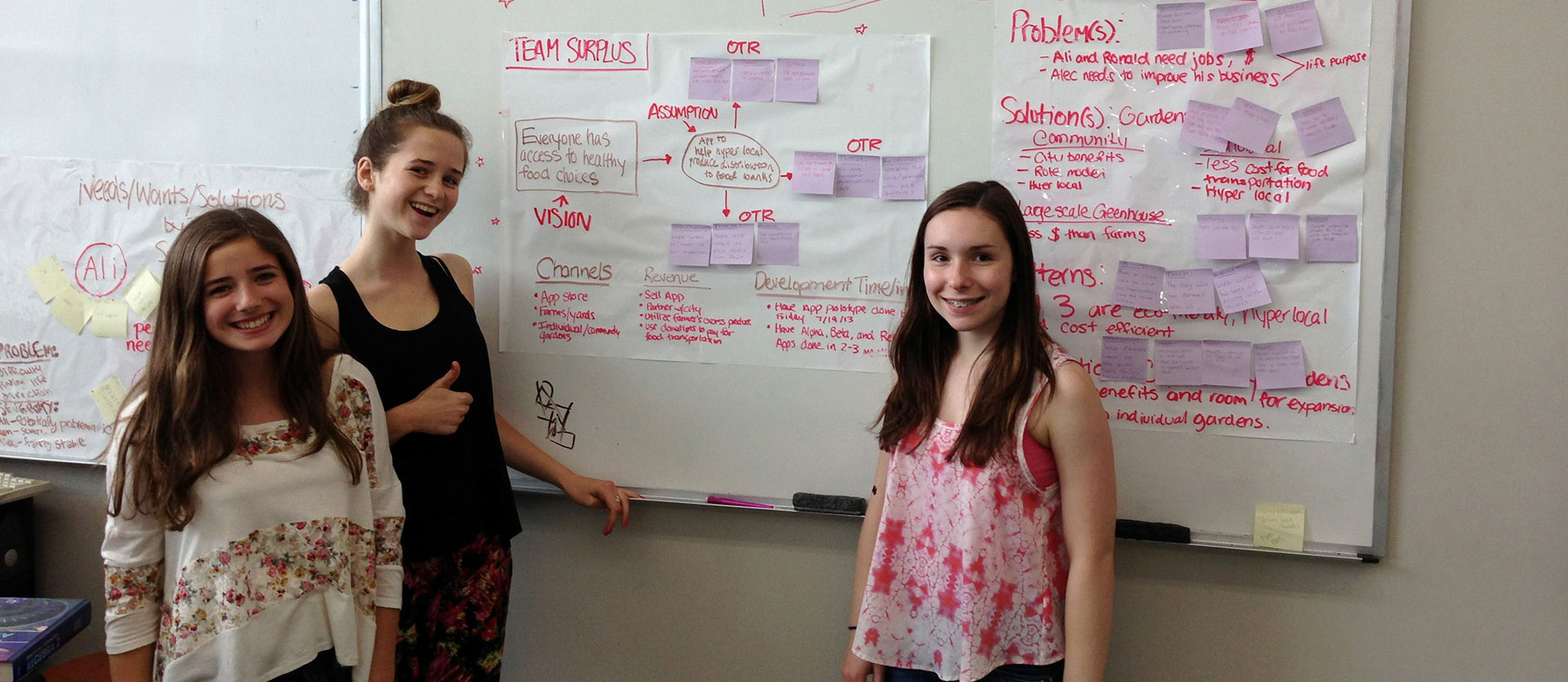
Especially Inspirational
My side projects take place at the juncture of something I’m deeply passionate about and a worthwhile problem to be solved. That meaningful connection ensures I’ll have the inspiration necessary to bring sizable, long-term projects to a successful completion.
I describe below two selected side projects and the connections I’ve made between: education and user-centered design; sports and iterative development.
Empathy-Driven Framework
In early 2013, I taught a course at the Seattle Academy for the Arts and Sciences that I created and named Empathic Innovation. Over the next several weeks, high school juniors and seniors learned how to develop and apply an empathy-driven mindset within their lives. For both educators and students, the experience was exceptionally powerful. And with that, the Empathy-Driven Framework was formed.
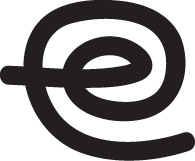
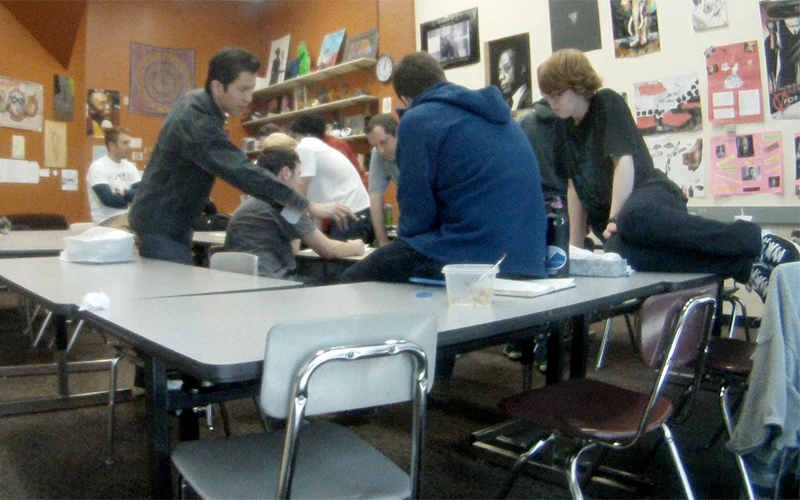
Selected Slides: Empathic Innovation Course
Summer Workshop Series
Later that year, with proof of concept in hand, I co-developed a multi-location series of week-long innovation workshops with Ashoka, the world’s largest network of social entrepreneurs. In attendance was a great mix of hundreds of students with, purposefully, very different backgrounds — socioeconomic, areas of interest and life experiences. It made for some truly meaningful interactions, discoveries and new understandings.
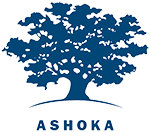
Basic Data:
1980 – Year Founded
3,000+ Fellows
70+ Countries
Students Learned
- About the major problems people face in urban environments
- What the Internet of Things is and why they should care
- How mobile apps can help solve global issues
- The OVAHA method for innovation
- How to be empathy-driven
OVAHA is the framework’s core method and can be summarized as:
- Observation of people’s needs and wants — provides insight
- Define a vision for a solution — gives purpose
- Identify your key assumptions — builds intuition
- Develop hypotheses and test assumptions — provides clarity
- Analysis of your results — gives confidence
Project Teams
The student participants were divided into project teams. Each team chose the urban problem area they were most passionate about from the recommended list to focus on that week:
- Crime, Public Safety
- Traffic, Commuting
- Pollution, Sanitation
- Communities, Education
- Health, Wellness
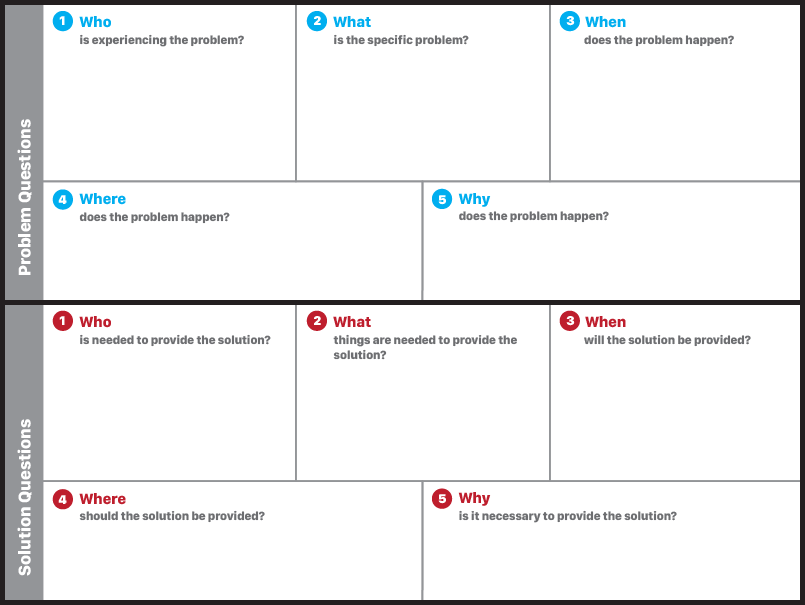
The Five Ws Canvas
Students applied the Five Ws Canvas by answering five specific questions about a specific problem area. This was done twice — one set of questions for the problem and one for the solution. It represents a high-level, macro view of the problem. Answering the Five Ws helped with focus, structure, purpose and prioritization.
Personas and Scenarios
The students used personas throughout the workshop. When a persona exists in an environment and takes part in actions, a scenario is developed. Scenarios become stories that help us start to understand and experience one or more personas, often creating the basis for empathy.
Surface Diagramming
A key workshop skill was to visually model and describe the solution under development. All students learned the Surface Diagramming Language — a proprietary flowcharting technique. Though it can end up looking complex, the diagram starts out as a simple hub and spoke. It gets updated and expands as students develop, test and iterate their solutions.
Fast Pitch Presentations
Each day of the five-day workshop included a “Sharing Time” presentation to be made by every team in front of the students and facilitators. The five minute presentations focused on key takeaways from the day’s content and activities.
A an example, the presentation for Day 1 involved:
Criteria (0-3 Pts. Each)
- Prevalence — How many people have the problem
- Severity — How big of a problem it is
- Solution Availability — Scarcity of solutions

Guest Speakers
Guest speakers were a part of each day of the workshop. Experienced and respected in their fields, the speakers had backgrounds including Internet of Things, digital marketing, clean tech and app development. All students had at least one question ready for each speaker. After their presentations, the speakers generously spent time visiting with student teams to answer questions at greater length.
Prototyping
Having completed Observation, Vision and Assumptions — the first three phases of OVAHA — students then put their focus on the Hypotheses phase. Specifically, they learned and applied current techniques for:
- Low-Fidelity Prototypes — Paper and pencil for testable mobile UIs
- High-Fidelity Prototypes — Detailed, software-based mobile UIs
- Success Metrics — Qualitative and quantitative data for validating hypotheses
User Testing and Iteration
Students then tested their prototypes with different users. After documenting specific comments, questions and behavior, the teams iterated on their apps’ user experience after deciding what to prioritize based on lessons learned from user testing. Next, teams tested their revised prototypes with new users and then had a chance to apply some final changes.
Final Presentations
On the final day, the student teams all gave their final presentations. A panel of industry experts served as invited judges to determine the top performing team as well as provide feedback. The winners were awarded a significant cash prize, serving as seed money for their new venture.
Lessons Learned
- Mobile apps serve as an exceptional common denominator across socioeconomic strata
- Disadvantaged students can learn new technology as fast as those from privileged backgrounds, given the right tools and techniques
- Students working on team based projects have significantly higher engagement and retention
- Proper pacing and meaningful interactions are some of the keys to successful educational experiences
- High school interns can be as good of facilitators as college interns
What’s Next
These days, I continue to lecture on empathy’s role in entrepreneurship and innovation at locations including the University of Washington Foster School of Business where I’m a board advisor and student mentor. I’m also writing a book on the topic titled Empathy-Driven — A Framework for Innovation and Problem Solving.
The Community Sports Education Program
When I moved to my current neighborhood, I put together a simple weekend soccer activity for my daughter and some children in the community. After a year, more than 100 kids and a dozen parents joined what had become a volunteer soccer club. The Highlands Soccer Club set out with a threefold mission: teamwork, community and wellness. Word-of-mouth and good will continued to spread as our program developed in step with players’ enjoyment and skills.
Along the way, I wrote an in-depth training manual (print and electronic) for coaches to use for their practice preparation as well as a parent’s version for them to follow along their child’s development and to supplement at home (back yard fun). That was followed-up by a Web app I developed (HTML5 based, tablet format) that increased accessibility including on-field.
Each year, the manual and each variant saw updates based on loads of person-to-person feedback from coaches, players and parents. Changes didn’t only impact the educational program — it also influenced matters such as pricing, scheduling and a scholarship for families experiencing economic hardship (the program spanned the entire recession).
However, after 10 years of activity, 3,000+ participants, and over 400 adult and teen volunteers, we decided to bring the club to a close.
Lessons Learned
- When a community develops organically and exponentially, you’re onto something good
- Even a well-developed community can suffer without proper attention
- Feedback loops work best through personal interaction
- Ease of access is a primary determinant for an app’s success
- Iteration isn’t just for software or other products; service-based organizations can also reap big rewards

